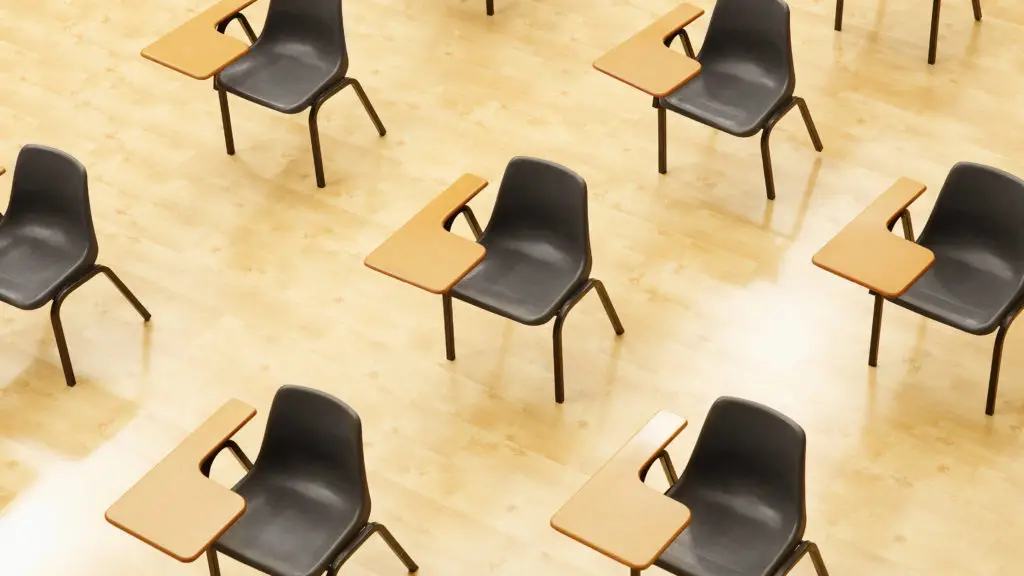One striking finding of the CRPE and Public Impact review of state reopening plans is what’s not there: the primary purpose of schools, teaching and learning. During COVID-19, states are giving districts only minimal guidance and support about teaching and learning. Yet district and school leaders are already working around the clock to plan for social distancing, health checks, contact tracing, and device distribution, among other vexing challenges.
In effect, states are dumping the instructional planning burden during an unprecedented modern pandemic onto teachers’ laps (or laptops).
Students—especially the myriad vulnerable to trauma and learning loss—will pay the price.
Yet it’s not too late for states to lead on teaching and learning by providing a targeted set of high-impact expectations for all districts to meet when some or all students are learning remotely. If states required just these expectations—and backed the requirement up with support—vastly more districts would have strong instructional plans to guide teachers. Based on research about effective schools, trauma-informed instruction, and excellent teaching, here are six critical expectations for districts:
1. Use high-standards curricula and instructional materials.
With abundant information available on the quality of curricula—an increasing number of which are free and accompanied by engaging lesson plans—this once-lofty expectation is now low-hanging fruit. States could help further by providing a default set of materials, ideally available free and via a virtual platform, so districts don’t have to go “curriculum shopping” unless they want to.
2. Create a comprehensive plan for instructional delivery of lessons in person, online, and with paper materials to reach all students.
States should ask districts to map out plans through which every student has access to lessons—and the adult support each student needs to ensure mastery—regardless of whether they can attend school or have technology at home.
3. Set a specified minimum time for live contact between teachers and students, in person or by videoconference—for example, two hours weekly per subject.
Instructional group sizes should be smaller than whole classes so teachers can engage students—even more important for engaging students on screens. Short phone tutorials should be a prescribed backup where videoconference is impossible. All-online learning with minimal interaction has been a research-proven disaster for students with learning challenges due to poverty, English language learning, or disabilities. Minimum live-contact thresholds are one way to avoid massive learning slides.
4. Set minimum expectations and schedules for interim assessments and for adjusting instruction based on data—for example, at least every two weeks.
With likely learning loss from spring school closures, states should require districts to assess all students early and often, and use the results to give each student the instruction needed for learning growth.
5. Establish minimum schedules for social-emotional check-ins with parents and students by school staff—such as at the start of school and monthly for all, and twice weekly for vulnerable students.
Given the trauma increasingly prevalent due to the pandemic, the resulting economic crisis, and the ongoing travesty of racial injustice, check-ins should not be optional for schools. States should also set a minimum frequency for administrators, counselors, or teacher-leaders to check-in with teachers and staff, ideally weekly, followed up with specific emotional and work support as needed.
6. Provide instructional support for teachers.
Now more than ever, teachers need in-depth, on-the-job instructional support. The best way to provide that—and to implement the supports listed above—is through teacher-leaders selected because they already produced high-growth learning as teachers. These instructional leaders, whom we call “multi-classroom leaders” in Opportunity Culture, should take full responsibility for a teaching team’s student learning and continue to teach part of the time using new methods the pandemic has foisted upon schools. States should ask districts to show exactly how teachers will get that kind of support every day.
What about access to devices and connectivity? Technology access is so crucial that states should mobilize to ensure it directly, and urgently—not leave each district to figure it out alone.
Some might argue that “requirements” run against local control. But these requirements are all minimums based on solid research, neither intricate constraints nor optional for learning. Districts and schools would still have wide latitude to design instructional programs that meet their students’ needs and community values.
Requirements alone will not be sufficient. The best states will advise districts on all of these elements. And they will back up their expectations with thorough monitoring and public reporting to ensure that families and communities know whether their schools are covering these instructional excellence basics.
The pandemic’s toll on lost learning is not etched in stone—yet. How far students slide, and how quickly they catch up, will depend on the decisions leaders at all levels make in the coming weeks. State leaders in particular must help schools focus on teaching and learning, and fast.





